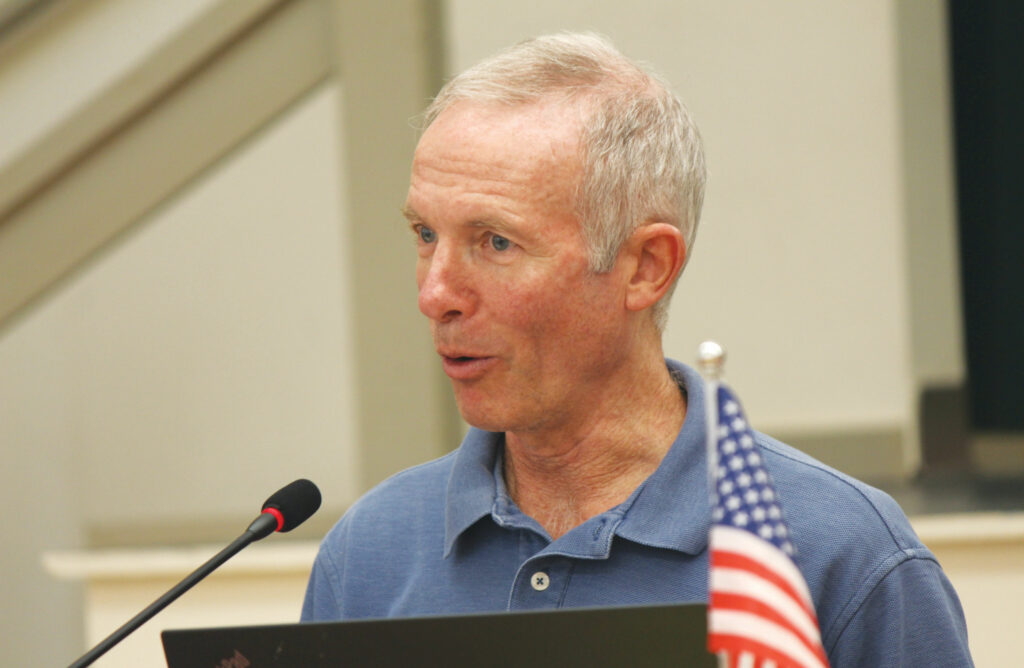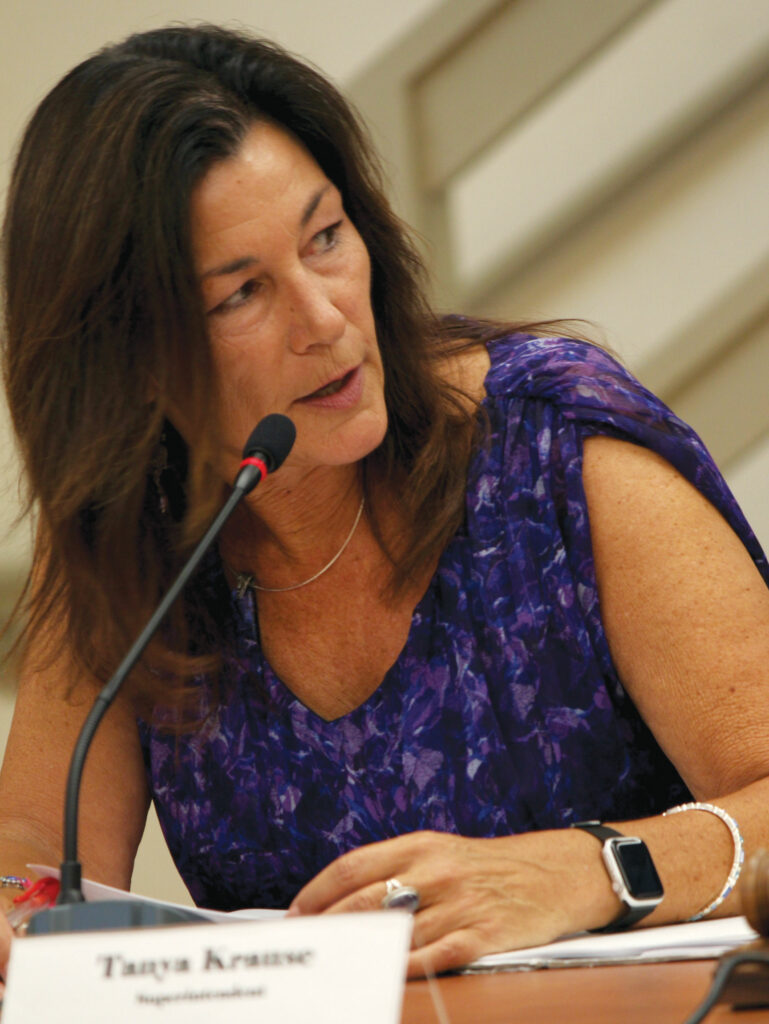
Just one person showed up to the meeting the Scotts Valley Unified School District held to discuss whether or not to put a tax hike on the ballot to pay for teacher salaries and other education expenses—and she was part of the committee that developed the plan.
At the July 26 special meeting, held at Scotts Valley Middle School, Board President Michael Schulman painted the school system as suffering “structural disadvantages” because not enough of its students face challenges like poverty or not understanding English very well.
“We just need more money in order to compensate our teachers,” he said, noting that one-time pandemic dollars allowed the District to pass a cost of living adjustment to provide some relief to its educators. “That is not going to last without this.”
The current $108 annual parcel tax was approved with 70% support in November 2018 and expires on June 30, 2024.
The money went toward maintaining core services, such as preventing cuts in math, science, technology, reading and arts programming. It was also used to attract and retain teachers and counselors, and to improve technological capabilities.
The District conducted polling earlier this year as part of considering what to do when the current funding stream runs dry and found people supported a new tax.
The Parcel Tax Renewal Campaign Committee proposed an annual $168 / parcel levy and suggested this be decided by an all-mail-in ballot.

Schulman said putting the question on ballots that will be going out anyways was the financially responsible move.
“Why impose the cost on the County?” he said, noting setting up and staffing precincts would be quite the hassle. “It’s a long day; it’s an extra cost.” Plus, he added, people can return paper ballots immediately, if they want to.
The language of the resolution itself went through a few revisions, according to Schulman.
“We had to make some adjustments,” he said. “We were finagling to get this thing legally correct.”
Clerk Roger Snyder said SVUSD wouldn’t be in as solid a financial position as it is without the current tax.
“That money has been well spent,” he said. “We remain one of the least-funded unified school districts.”
He railed against the “inequities” of the current system, and said he’s lobbying to reform this at the state level.
Scotts Valley is under pressure to “keep pace” and remain “competitive” with other districts, such as Los Gatos, Snyder said.
A recent job advertised by the Los Gatos-Saratoga Union High School District promised minimum annual pay of more than $78,000. The Los Gatos Union School District listed a position that offers $79,232 to $138,589.
SVUSD sought a high school teacher for $50,860 to $85,832 for the upcoming year.
Chief Business Official Mary Navas told the Press Banner this is a marked improvement from what teachers were paid previously, as a 14.67% raise kicked in last year.
“It put us competitive with the rest of the county schools,” she said.
Los Gatos is not funded quite the same way as Scotts Valley is.
Just a 25-minute drive over the hill into Silicon Valley, Los Gatos uses the “basic aid” system. That means that they pay for school costs through property taxes and keep the dollars within their district, but don’t get any general-purpose state aid.

Scotts Valley receives government support through the Local Control Funding Formula, which was established in 2013. It’s set up to provide more money to school districts featuring a student body of kids facing a variety of hurdles, such as homelessness.
Navas explained that districts with a higher proportion of unhoused, English-learner and economically-disadvantaged students get more money per-pupil.
Because at least 55% of Pajaro Valley Unified School District students fall into these categories, they qualify for 65% of the base grant.
Snyder broke it down further: Each student gets $1, he explained. And each student in one of the disadvantage categories gets $.25. However, if more than 55% of the student body is determined to fall under one of those three designations—well, that’s an extra $.65 per student.
And while this system was set up to address inequality, Snyder says this ends up hurting a community like Scotts Valley, particularly given its other struggles.
“Our property tax base isn’t that high,” he said.
As a member of the California School Board Association, Snyder has been trying to convince the state to rejig how it doles out education cash.
“I think the ratios are off,” he told the Press Banner.
If the base amount was increased for all students across the board, that would end up helping poorer districts as well as rich ones, he argued.
Schulman also would like to see the funding formula change, and suggests that the extra money hasn’t really helped poorer districts improve their educational results.
“That’s where I think we can legitimately say it’s not equitable,” he said. “The extra money does not seem to be accomplishing what it was supposed to do.”
The one public commenter during the meeting was the co-chair of the parcel tax committee.
Board members voted unanimously to place the tax plan on the ballot for the Oct. 24 election.












